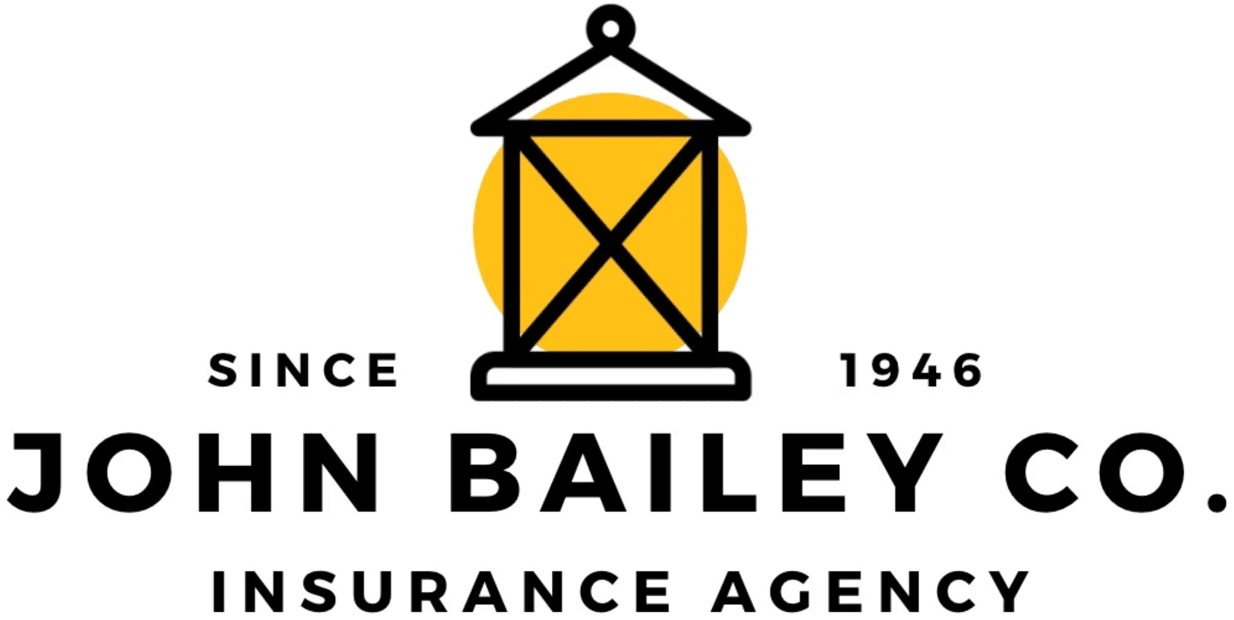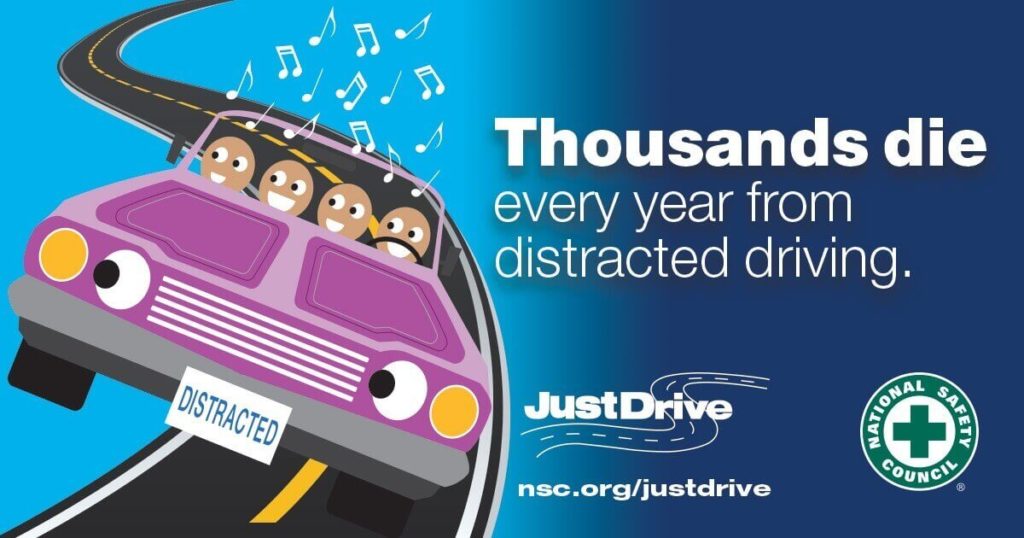As a driver, has one or more of your passengers ever requested you to “just drive?” Or maybe as a passenger you were the one who uttered these words to your driver, “just drive!” If you’re a parent, chances are you’ve cautioned your teenage child to drive with care and to remember to “just drive.” The 2018 theme for the National Safety Council Distracted Driving Awareness Month “Just Drive” should resonant with all of us.
What is the National Safety Council?
Founded in 1913 and granted a congressional charter in 1953, the National Safety Council (NSC)is a non-profit 501(c)(3) non-governmental public service organization whose mission, simply stated, is “safety,” while their vision is “eliminating preventable deaths.” According to their website: “The National Safety Council eliminates preventable deaths at work, in homes and communities, and on the road through leadership, research, education and advocacy.”
The United States Department of Transportation’s National Highway Traffic Safety Administration (NHTSA) often joins forces with the NSC for the annual Distracted Driving Awareness Month. This year is no exception as the NHTSA is using the hashtag #justdrive to promote people (young and old) to drive phone-free.
How would you define distracted driving?
In our world today, if you asked someone to define distracted driving there is pretty good chance they would zero in on “using your cell phone.” No doubt new motor vehicles are very sophisticated and allow for drivers to perform a myriad of tasks, when they should #justdrive. But for a few minutes let’s consider other sources or causes of distracted driving:
- Grooming, eating and/or drinking
- Passengers in your car, attending to your children
- Day-dreaming
- Cigarette smoking
- Road rage or being distracted by another’s traffic accident
- Listening to and tuning the radio
Our roadways are often complex and exceedingly busy and distracted driving conditions often increase without the driver being aware.
Distracted Driving Awareness Month stats to consider
Distracted driving statistics gathered by the NHTSA for the year 2016 and published in April 2018 indicate that of the 34,439 fatal crashes in the United State 37,461 people were killed. Additionally,
- Nine percent of fatal crashes in 2016 were reported as distraction-affected crashes.
- In 2016, there were 3,450 people killed in motor vehicle crashes involving distracted drivers.
- Six percent of all drivers involved in fatal crashes were reported as distracted at the time of the crash. Nine percent of drivers 15 to 19 years old involved in fatal crashes were reported as distracted. This age group has the largest proportion of drivers who were distracted at the time of the fatal crashes.
- In 2016, there were 562 nonoccupants (pedestrians, bicyclists, and others) killed in distraction-affected crashes.
Local support for Distracted Driving Awareness Month
If you visit the National Safety Council’s web page for Distracted Driving Awareness Month you will discover a number of ways to get involved, including a free online distracted driving course and a webinar to promote ways to address distracted driving at work.
John Bailey Insurance Agency is located in Knoxville, TN, and our team watched with interest when our Knoxville Police and Tennessee Highway Patrol celebrated National Distracted Driving Awareness Month in early April by taking a drive down Interstate 40. Their mission was to look for drivers who were distracted. As reported by WBIR NBC 10 News:
“The distracted driving numbers in the state of Tennessee vary, but Knox County hovers around 1,000 distracted driver traffic crashes per year according to the Tennessee Department of Safety and Homeland Security. After peaking at 1,050 crashes in 2010, there were 954 crashes in Knox country in 2017, down slightly from the 986 crashes in 2016.”
You can watch the WBIR report here:
If you are having trouble viewing the video, you can see it here.
In closing, we would like to say #justdrive and if you have auto insurance questions, don’t hesitate to contact us. Remember, ‘the life you save may be your own.’

